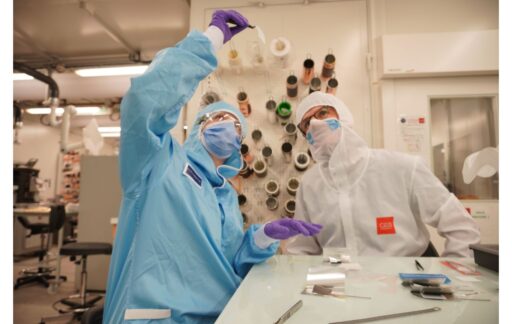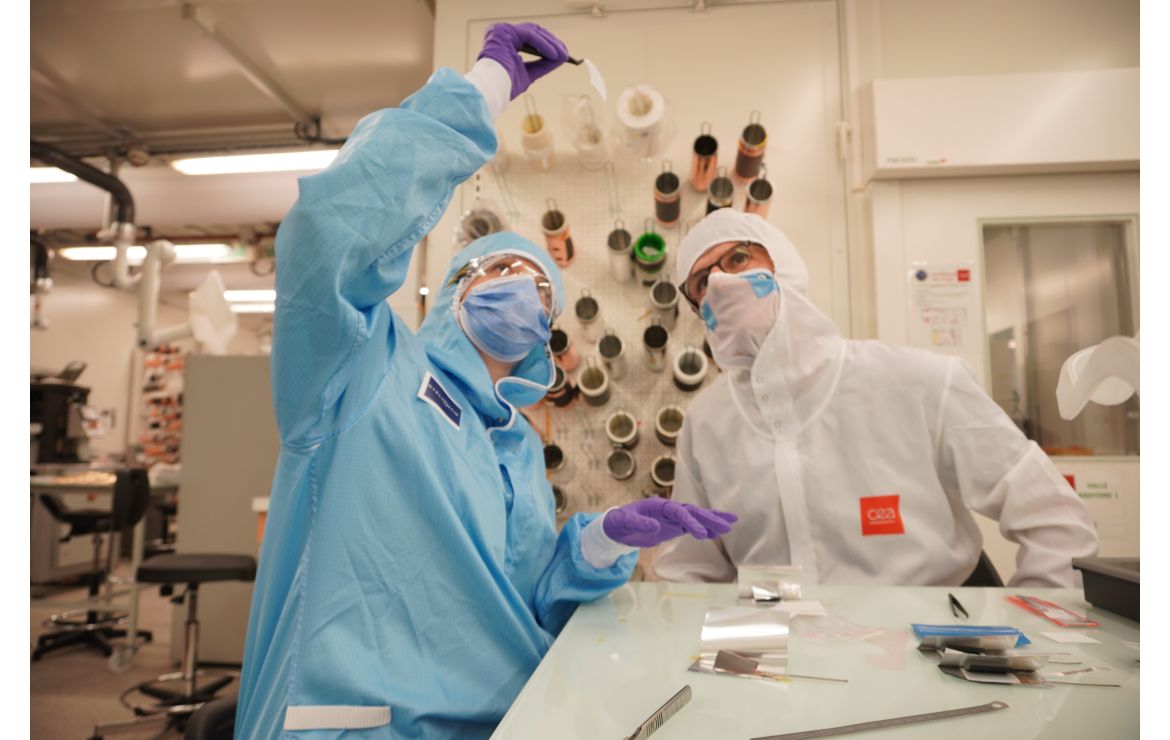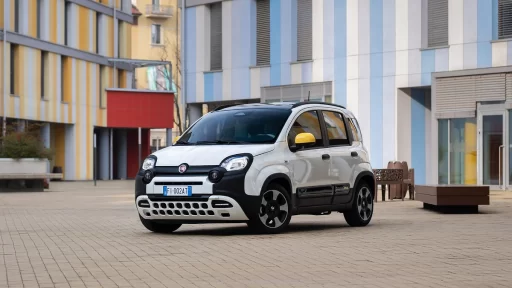Stellantis and the French research powerhouse, CEA, have embarked on a groundbreaking five-year collaboration to design and develop next-generation battery cells for electric vehicles. This strategic alliance aims to create advanced battery technology with superior performance, longer lifespan, and a reduced environmental footprint, ultimately leading to more affordable and sustainable electric vehicles.
Stellantis Chief Engineering and Technology Officer, Ned Curic, emphasized the transformative potential of this partnership. “We know that battery technology is poised for change. While we don’t know exactly how it will change, we are committed to being at the forefront of this transformation. Internally, we are working around the clock, placing multiple bets and exploring various technologies.
At the same time, we are collaborating closely with tech startups, laboratories, universities, and the most prestigious research institutions in the world like CEA. We believe that this collaboration will accelerate the arrival of disruptive battery cell technology, supporting our mission to offer clean, safe, and affordable mobility to our customers,” Curic stated.
READ MORE: PEUGEOT Launches E-308 E Style Special Series for Affordable Electric Mobility
The CEA, through its Energy Division, brings over 25 years of expertise in Li-ion batteries to the collaboration. Philippe Stohr, Head of the CEA Energy Division, remarked, “CEA is proud to support Stellantis with an ambitious multi-year R&D program on battery cells, which takes place in the frame of the CEA/Stellantis global partnership. This exciting project makes the best use of more than 25 years of expertise in the field of Li-ion batteries at CEA to the benefit of one of the major automotive actors in the competitive race for electrical mobility. Our challenge is to speed up design and fabrication and to allow deep understanding of the most advanced cells technologies by sharing our expertise, skills, and vision.”
The collaboration will focus on disruptive chemistries, life cycle assessment, battery cell design and validation, and reducing the CO2 footprint of batteries. The goal is to produce next-generation cells that are cost-effective and align with Stellantis’ Dare Forward 2030 strategic plan, which aims for Stellantis to become a carbon net-zero corporation by 2038.
This new venture builds on a 20-year history of successful collaboration between Stellantis and CEA. In addition to battery development, their joint research encompasses battery modeling, fuel cell development, life cycle assessment, and connectivity. The ultimate objective is to equip Stellantis and its joint venture giga factories with best-in-class, affordable battery technology, fostering the growth of sustainable electric mobility.
The collaboration underscores both organizations’ commitment to innovation and sustainability. For Stellantis, this partnership is a crucial step towards achieving the ambitious goals set out in its Dare Forward 2030 plan. For CEA, the focus on advanced battery cells aligns with its strategy for a sustainable energy transition, optimizing resource use throughout the battery life cycle.
Source: Stellantis Partners with France’s CEA to Develop Next-Generation Battery Cell Technology
Subscribe today for the freshest car news delivered to your inbox




